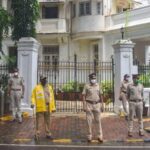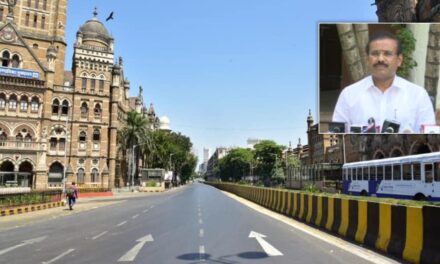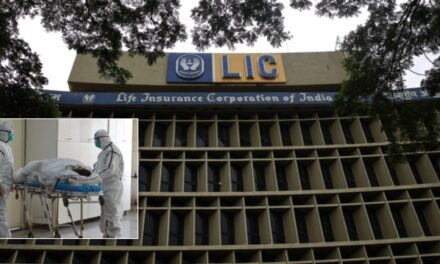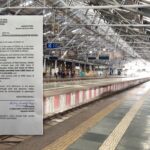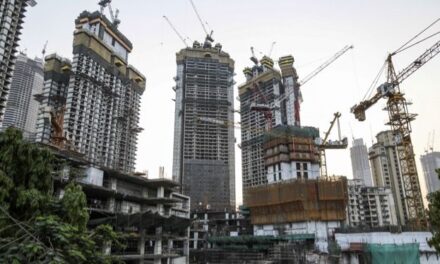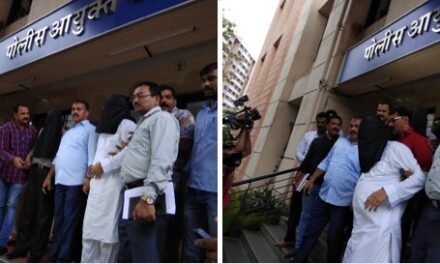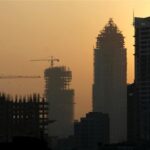
2016-17: Mumbai’s local trains witness rise in commuters despite overcrowding, new alternatives
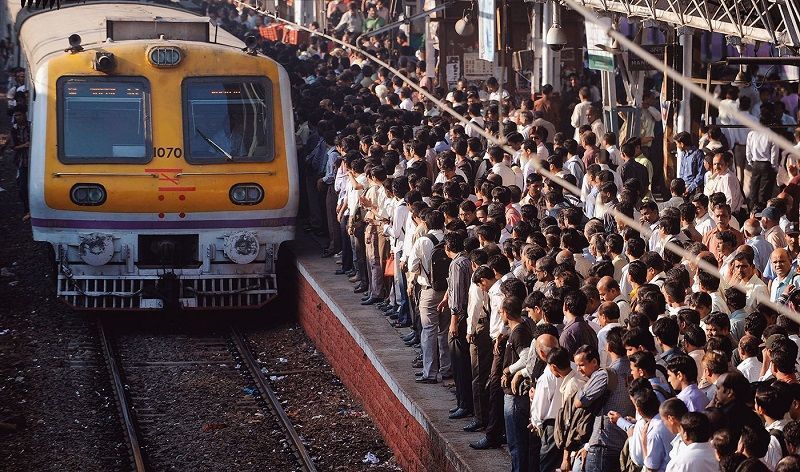

Representational Image. Picture Courtesy: Ravi Mowgli
Despite the rising popularity of alternate modes of travel like metro and app-based aggregators, Mumbai’s local trains remain the most popular mode of transport for a majority of city’s daily commuters.
According to data released by railways, at least 2.5 lakh more commuters opted to travel via the suburban rail network in 2016-17.
Surprisingly, railways had witnessed a drop in ridership in 2015-16, when the number of daily commuters fell to 73.4 lakh from 74.96 lakh in the previous year. At the time, experts had attributed the decline to the near 14 percent fare hike in mid-2014.
In 2016-17, however, the ridership increased to 75.93 lakh daily commuters – an increase of over 3 percent or 2.51 lakh commuters.
In comparison, around 3.5 lakh commuters opt for metro and an estimated 5-10 lakh use aggregators like Ola or Uber for their daily travel. BEST, whose ridership has fallen over the last decade, is still used by around 30 lakh people everyday.
Of the total increase, more than 60 percent (nearly 1.6 lakh) can be attributed to Central Railway (CR), whose average daily commuters rose from 39.15 lakh to 40.73 lakh in the last fiscal. CR runs nearly 25 percent more services everyday than WR.
The ridership on Western Railway (WR), on the other hand, increased by almost 92,000 as the number of commuters increased from 34.27 lakh to 35.19 lakh in 2016-17.
On CR, the rise in number of commuters can be primarily attributed to newly developed residential hubs like Diva, Badlapur etc, which have all witnessed double digit growth in terms of number of passengers year-on-year.
Meanwhile, stations like Dombivali, Thane and Kalyan remain the most crowded on CR.
On WR, however, existing hubs like Borivali and Andheri have seen the maximum rise in ridership, in part due to the ongoing metro construction work on the Western Express Highway which has severely affected traffic flow.
Other stations like Nallasopara, Vasai and Virar also saw a significant rise.



